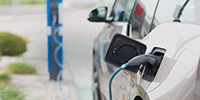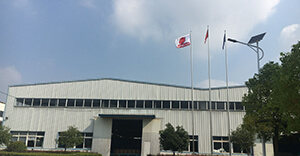Some common problems with batteries
1. How to prevent plate vulcanization?
(1) Do not leave the semi-discharged storage tank for a long time, so that the battery should always be charged.
(2) The liquid level of the electro-hydraulic solution should not be too low. The liquid level must be 10-15 mm above the plate. After the addition, the liquid should be replenished.
(3) Do not over discharge the battery.
2, The battery does not charge or charge after charging?
(1) The charging method is wrong, and a battery-specific charger is required;
(2) The charging current is small or the charging time is short;
(3) Poor contact of the clip during charging;
(4) Sulfation of the battery plate;
(5) The wiring clip is in poor contact with the battery, and the vehicle line or other accessories are faulty;
(6) The battery has a short circuit or open circuit failure;
3. Maintenance of pre-sale, in-sale and after-sale vehicle batteries
Pre-sale, sale battery replenishment:
Wrong method:
(1) The battery is recharged when the battery is completely unable to start the vehicle;
(2) Directly start the vehicle, and the neutral gear will naturally rotate for ten minutes or several hours and then stop;
*The correct method:
(1) Recharge the battery at least once a month;
(2) Remove the battery and charge it with a dedicated charger according to the specified charging requirements.
Maintenance of after-sales battery:
(1) The battery must be kept clean at all times.
(2) Do not allow any foreign matter to fall into the battery.
(3) The contact devices between the individual cells and the connection to the wires must be completely reliable.
(4) Regularly inspect and wipe the vent to prevent clogging of the battery seal cover.
(5) Always check the electrolyte level and do not let the plates and separators out of the liquid level.
(6) When the addition fluid is maintained, the electrolyte must be adjusted to the normal density (1.28g/cm3) when the battery is terminated.
(7) When the battery is low, it is strictly forbidden to get on the train.
(8) The temperature of the electrolyte shall not exceed the value specified in the specification, which is generally 45 °C.
(9) Regularly perform balanced replenishment (overcharge) according to the instructions.
(10) If the battery is left on for a long period of time, in order to avoid excessive self-discharge and severe sulfation, it should be replenished monthly.
(11) Open flame is strictly prohibited during battery use and charging.
(12) Apply butter regularly to the terminals.
(13) It is strictly forbidden to adjust or twist the wiring clamp when the vehicle rotates to prevent sparks and the battery from exploding.













